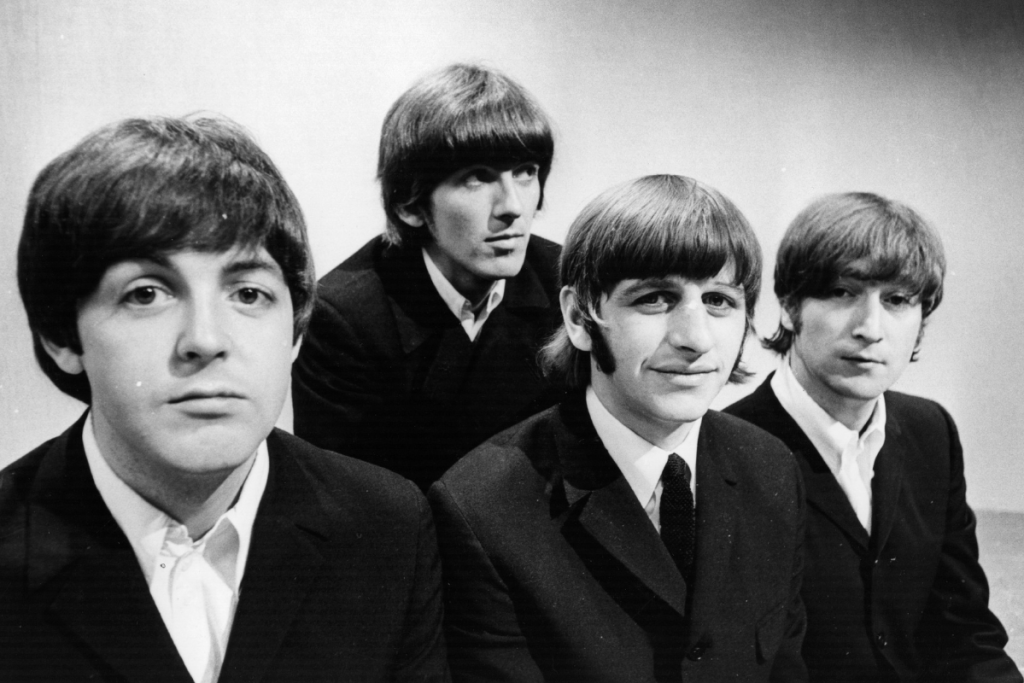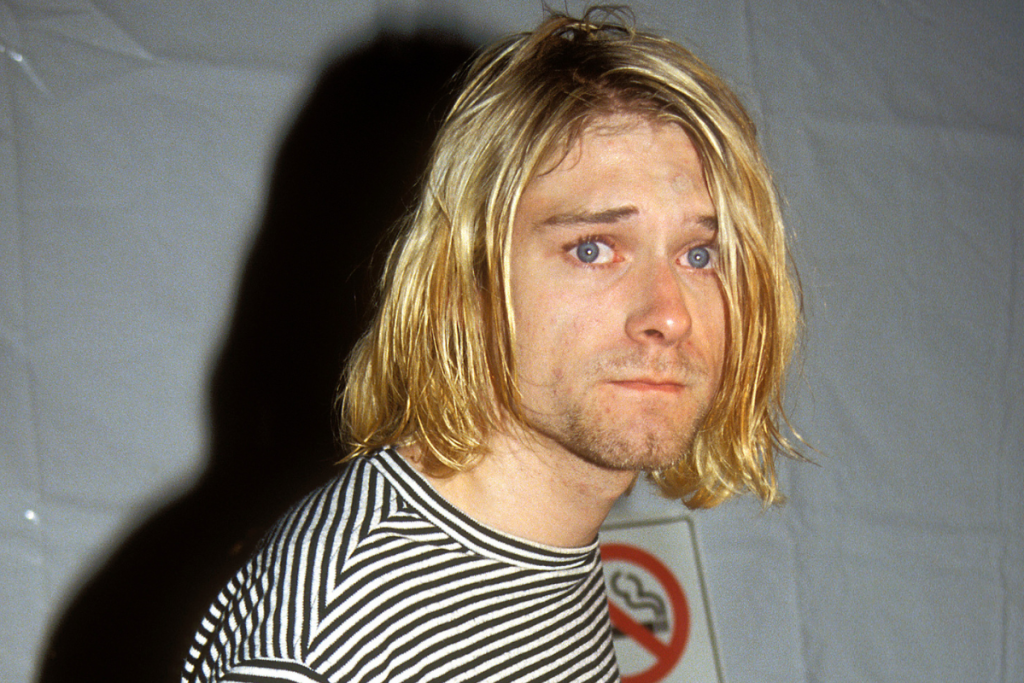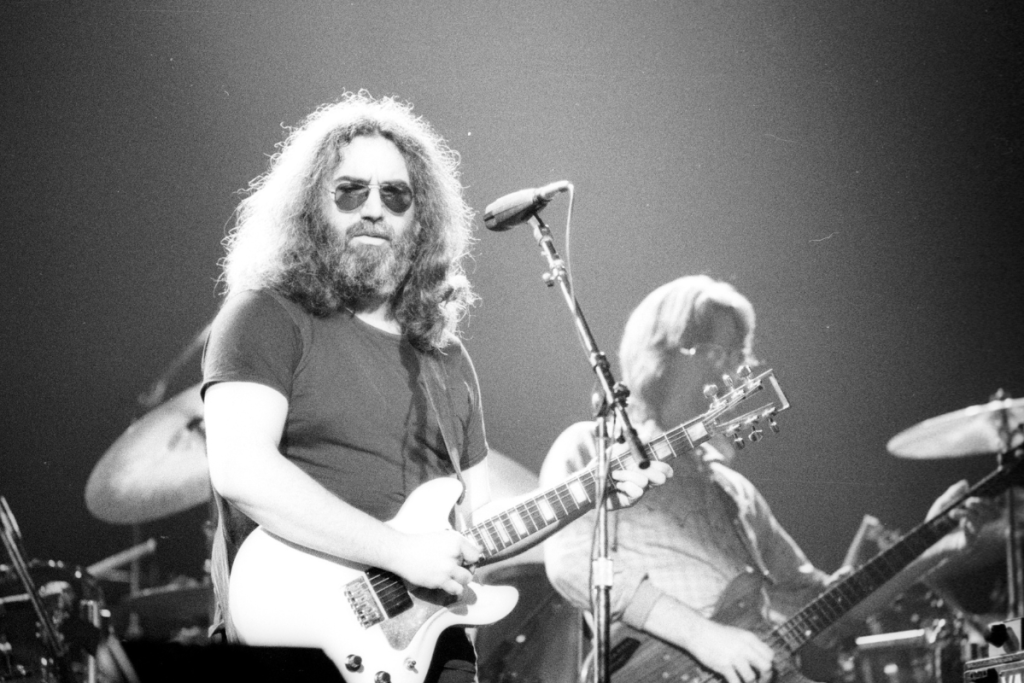Of course, a rocker’s biggest contribution to pop culture is their music. But someone who possesses monolithic fame and prestige inevitably starts influencing other aspects of culture as well. Whether it’s bowl-esque haircuts or a stick-it-to-the-man attitude, the influence of the rock icons below was felt far outside of the studio.
Videos by American Songwriter
The Beatles’ Mop Tops
The 2010s had the Bieber haircut. The 1960s had the mop-top, courtesy of The Beatles. They weren’t the only young men sporting the bowl cut around that time, but they certainly popularized it—so much so that it became a nickname for them. While the older generation found it a little peculiar, the younger one found it to be a symbol of rebellion. Men growing their hair out has long been a go-to for the counter-culture and, by early ’60s standards, the mop-top was indeed overgrown.
[RELATED: The Meaning Behind The Beatles’ “Runaway” Success with “She’s Leaving Home”]

Kurt Cobain’s Grunge Attitude
Kurt Cobain and Nirvana can’t solely be credited for ushering in the grunge movement, but they certainly are some of its biggest purveyors. Physically, those who considered themselves in the grunge pack looked like mini-Cobains—i.e. mo-hair sweaters, converse, and shaggy hair. Attitude-wise, the detached and edgy persona grunge fans took over could also be chalked up to Cobain’s influence. Usually, fans of a certain genre seem to enthuse themselves with more than just the music, but the grunge movement was a particularly strong case of an artist influencing a generation.

3. Psychedelic rock bands: Grateful Dead, Big Brother and the Holding Company, and Jefferson Airplane
Psychedelia is not for an inactive audience. No, fans of the warbly, trippy musicality needed to trip themselves to truly enjoy it. At least, that’s what many fans of the Grateful Dead, Big Brother and the Holding Company, and Jefferson Airplane thought in the ’60s. Drug culture was a large part of these bands’ motif and that affinity translated into their hordes of fans.

Michael Ochs Archives/Getty Images












Leave a Reply
You must be logged in to post a comment.